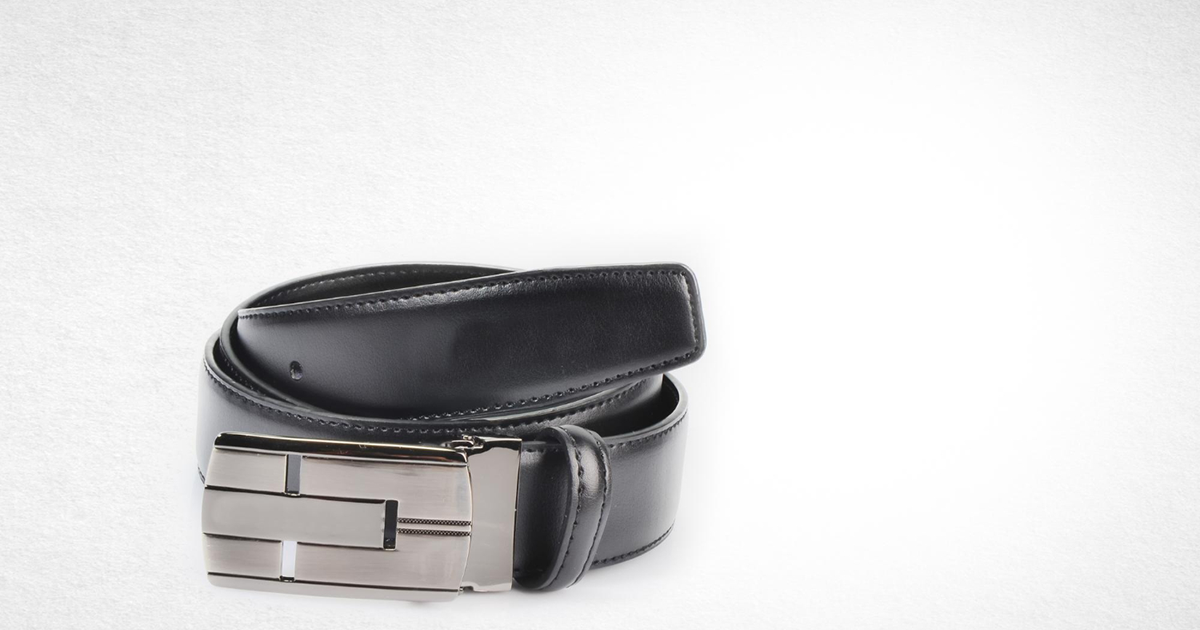
Introduction to designer belts and their popularity
Designer belts have long been a symbol of luxury and style. Once reserved for the elite, these accessories have made their mark in wardrobes around the globe. But with fashion constantly evolving, one might wonder: do people still wear designer belts? As trends shift and new styles emerge, it’s essential to explore what makes these high-end pieces relevant today. Are they merely relics of a bygone era or still sought after by fashion aficionados? Join us as we delve into the fascinating world of designer belts and uncover their current status in contemporary fashion culture.
The evolution of designer belts over the years
Designer belts have transformed from simple functional pieces to iconic fashion statements. In the early days, they served basic purposes, merely holding up trousers or skirts.
As fashion evolved, so did these accessories. The 1980s saw bold logos and flashy designs emerge. Brands like Gucci and Louis Vuitton made their belts a canvas for creativity.
In the 1990s and early 2000s, we witnessed minimalism take over. Sleek designs with subtle branding gained popularity among chic urbanites.
Fast forward to today, designer belts are often layered or styled in unexpected ways. Celebrities flaunt them on social media platforms, influencing trends globally.
From classic leather options to innovative materials like canvas and fabric, variety reigns supreme now more than ever. This evolution reflects not just personal style but also changing attitudes towards luxury in our everyday lives.
The impact of social media on designer belt trends
Social media has revolutionized the fashion landscape, and designer belts are no exception. Platforms like Instagram and TikTok have made it easier for influencers to showcase their personal style, often featuring iconic belt brands in their outfits.
These posts create immediate buzz around specific styles or labels. A celebrity spotted wearing a luxe belt can send fans rushing to replicate that look. This instant visibility drives demand and shapes trends almost overnight.
Hashtags play a crucial role too. They connect users with similar interests, allowing them to discover new ways to wear designer belts or explore emerging brands.
However, not all trends last long in the fast-paced world of social media. What’s trending today might be forgotten tomorrow as new styles emerge at lightning speed.
As consumers scroll through feeds filled with curated looks, they’re constantly influenced by what they see—reinforcing the desire for those coveted designer accessories.
Who still wears designer belts?
Designer belts have carved a niche among fashion enthusiasts and style icons. Celebrities frequently showcase them on red carpets and social media, fueling their allure.
Fashion influencers also play a significant role. They use these accessories to elevate everyday outfits, proving that designer pieces can fit various styles.
Affluent individuals in corporate settings often wear designer belts as status symbols. They appreciate the quality and craftsmanship associated with luxury brands.
Moreover, younger generations are increasingly embracing vintage finds. Thrifted designer belts allow them to express individuality while remaining budget-conscious.
The appeal of authenticity draws collectors who seek limited editions from high-end labels. For many, wearing a designer belt is about more than just fashion; it’s an expression of personal identity and taste that continues to thrive in today’s diverse landscape.
Reasons for wearing (or not wearing) designer belts
Designer belts serve various purposes, making them appealing to many. For some, it’s about status and luxury. A well-crafted belt can elevate an outfit and make a bold statement.
Fashion enthusiasts appreciate the craftsmanship and unique designs that come with designer labels. These pieces often feature high-quality materials that stand the test of time.
On the flip side, not everyone sees value in splurging on accessories. Some individuals prefer minimalism or seek functionality over brand names. They might choose simpler belts that blend seamlessly into their wardrobes without drawing attention.
Furthermore, growing awareness around sustainability has led others to reconsider their choices. With more options available in ethical fashion, designer belts may not always be the go-to choice for environmentally conscious consumers.
Personal style also plays a significant role—what works for one might feel out of place for another. It boils down to individual preferences and lifestyle choices.
Alternatives to traditional designer belts
For those seeking alternatives to traditional designer belts, the options are abundant. Statement buckles and unique fabrics can add flair without the hefty price tag of luxury brands.
Consider artisan-crafted pieces. Many independent designers offer handmade belts that tell a story and support local craftsmanship. These often feature distinctive materials, such as woven textiles or reclaimed leather.
Another trend is adjustable fabric belts. They’re comfortable and versatile, perfectly suited for casual outings or even work attire. Brands focusing on sustainability provide eco-friendly options made from recycled materials.
Fanny packs have also made a stylish comeback. They serve dual purposes: function and fashion while providing a fresh twist to any outfit.
Minimalist designs gain traction too—simple straps in muted colors can elevate your look effortlessly without being overbearing. This versatility allows wearers to express their individual style without adhering to high-end labels.
Conclusion: The future of designer belts and their place in fashion
Designer belts have certainly carved out a unique niche in the fashion landscape. As trends ebb and flow, these accessories continue to hold their ground, evolving with each passing year. The blend of high-quality craftsmanship and status-symbol appeal keeps them relevant.
Social media platforms play a pivotal role in shaping perceptions around designer belts. Influencers showcase various styles that often lead to renewed interest among followers. This visibility means that while some may view them as outdated, others are eager to embrace contemporary interpretations.
Who wears designer belts today? While they attract a loyal fanbase among fashion aficionados and celebrities, the average consumer is also drawn to them for special occasions or simply as part of their everyday attire.
There are compelling reasons why one might choose to wear—or not wear—a designer belt. For many, it’s about expressing individual style or making a statement about luxury and quality; for others, practicality takes precedence over prestige.
As consumers increasingly seek alternatives—like sustainable brands or tech-integrated accessories—the traditional concept of what defines a “belt” continues to shift. Customization options and innovative designs are on the rise.
The future appears promising for designer belts within this dynamic realm of fashion. They may adapt further but will likely remain an enduring symbol of personal expression and style evolution in wardrobes worldwide.
